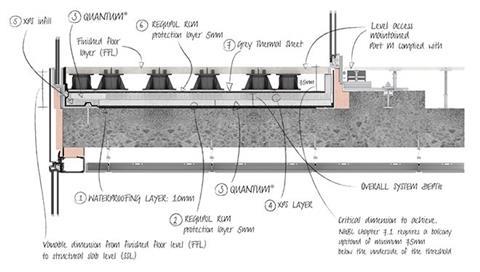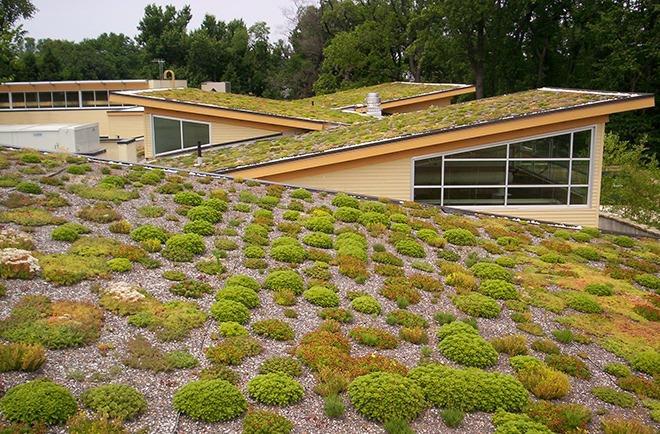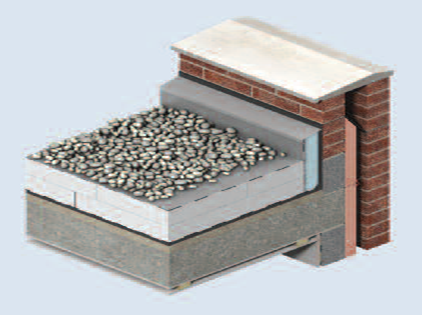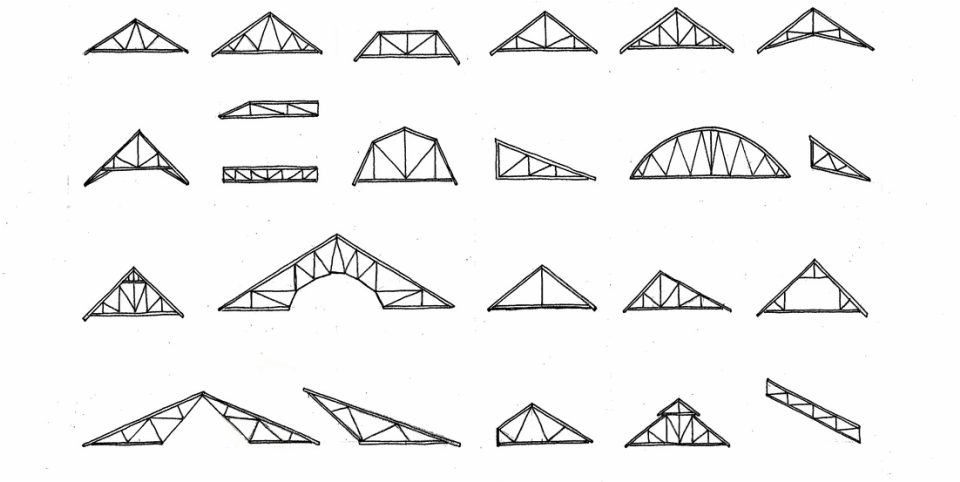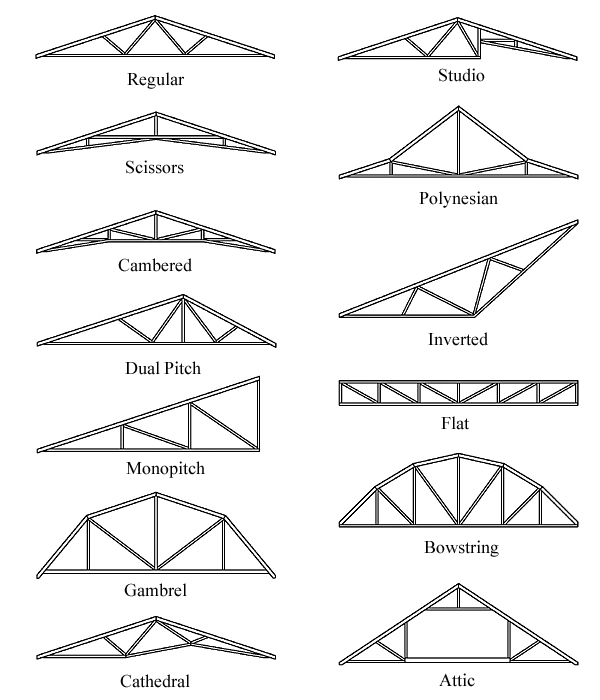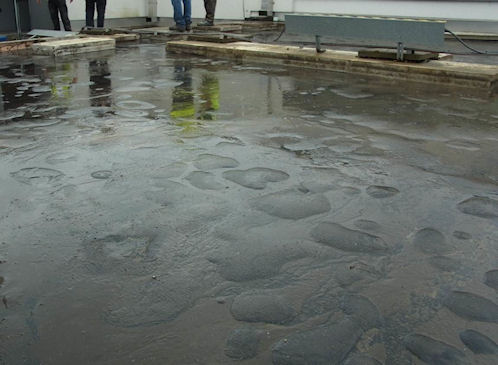This means that the insulation should be highly resistant to water absorption for example an extruded polystyrene based product which will not be affected by water or repeated freeze thaw cycles.
Inverted flat roof definition.
A patented proprietary variation of the protected membrane roof assembly in which styrofoam brand insulation and ballast are placed over the roof membrane.
Irma tm and styrofoam are registered trademarks of the dow chemical company.
Inverted flat roof waterproofing combined with a thermal insulation is essential for a buildings waterproofing and energy saving thermal insulation.
Inverted roofs are designed with the waterproofing layer usually a liquid applied membrane beneath the insulation.
Simply defined as a type of roof construction where the waterproofing layer lies beneath the insulation instead of above it as in other forms of roofing inverted roofs ensure that the complete roof construction including roof covering is kept at warm temperatures during winter months and at moderate temperates during the summer months.
It is often a puzzle to create a straight or inverted flat roof there are typical cases when the latter is clearly preferable however in order to reach the benefits some fundamental aspects have to be taken into account in both material selection and structural solutions.
It is typically limited to applications on dead level or flat roofs with slopes of 1 4 in 12 or less.
The mariseal system inverted flat roof waterproofing method offers a simple build up waterproofing that features a protected waterproofing membrane and loose laying insulation boards.
This makes it the only material suitable and approved for inverted roof applications.
Insulation boards are loose laid on top of the membrane and then weighted down with paving slabs or gravel ballast.
This module is sponsored by radmat.
Benefits of inverted roofs.
Closed cell polystyrene foam thermal insulation for utilised flat roofs.
An inverted roof also referred to as a protected membrane or upside down roof is form of flat roof in which the waterproofing layer is beneath the thermal insulation rather than above it.
An inverted roof is quite simply where the waterproofing layer is installed over the structural deck rather than over the insulation.
It is the only roofing material permitted by the international building code to be applied to slopes below 1 4 in 12.
Rigid extruded polystyrene insulation has minimal water absorption due to its closed cell structure.
Inverted roofs are a type of warm flat roof where the insulation is above the waterproofing layer.
The code allows its use on roofs with slopes as low as 1 8 in 12.

